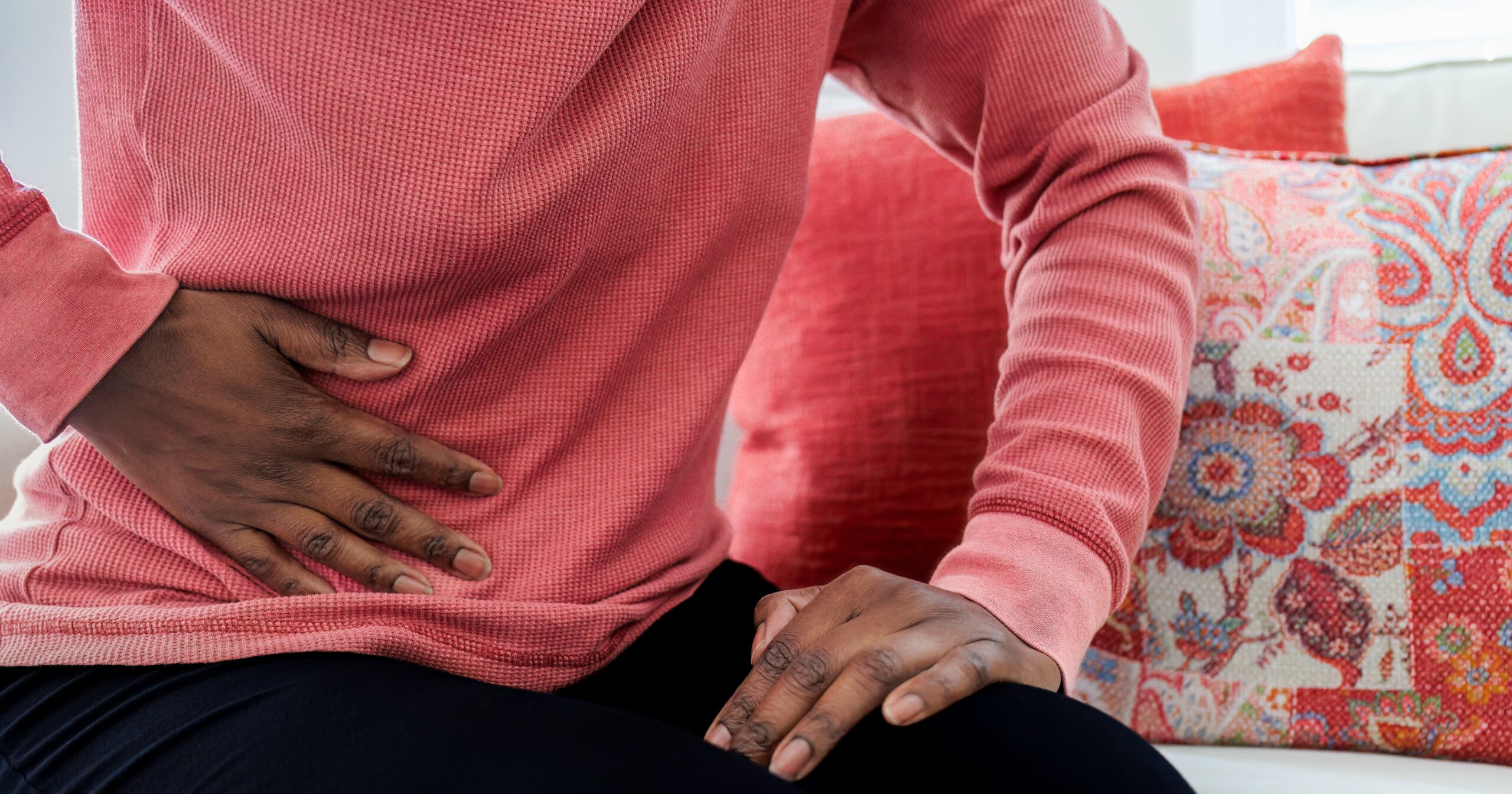Yeast infections and UTIs are uncomfortable in their own ways. While yeast infections often trigger itching, burning, and redness, UTIs are usually accompanied by pain and the frequent urge to urinate. Still, given their similarities, you may wonder if one infection can lead to the other – especially since it’s possible to have both conditions at the same time.
When symptoms of a yeast infection start to flare up, it’s natural to worry about worst-case scenarios. But can a yeast infection actually cause a UTI? We spoke with experts to shed some light and (hopefully) provide some much-needed relief. Here’s what to know about yeast infections as they relate to UTIs, including symptoms, causes, and how to tell the two apart.
Experts Featured in This Article:
Carly Ross, MD, is an ob-gyn, a family planning specialist at Cooper University Hospital, and the medical advisor at Winx Health.
Lopa Pandya, MD, MS, FACOG, is a reconstructive pelvic surgeon, urogynecologist, and medical advisor at Aeroflow Urology.
Can a Yeast Infection Cause a UTI?
No. The good news is that a yeast infection can’t actually cause a UTI. “A yeast infection won’t cause a UTI, as they are caused by different types of bacterias. However, the two are often confused for each other,” says Carly Ross, MD. “Yeast infections are due to fungus, [whereas] UTIs are caused by bacteria,” explains Lopa Pandya, MD, MS, FACOG. However, yeast infections can occasionally still contribute to irritative genitourinary symptoms, Dr. Pandya says (think lower urinary tract symptoms like painful urination).
Can You Have a UTI and Yeast Infection at the Same Time?
Yes. “Unfortunately you can have a yeast infection and UTI at the same time,” Dr. Ross says. In fact, some yeast infections are actually caused by UTI medication. “The antibiotics used to treat UTIs can often cause a hormonal imbalance, leading to a yeast infection,” Dr. Ross explains. The good news is that doctors can write an antifungal prescription to help prevent yeast overgrowth from happening as a result of UTI medication. If you know you’re prone to yeast infections, consider talking to your doctor for more information.
Yeast Infection Versus UTI
It isn’t always easy to know whether you have a yeast infection or a UTI. “Yeast infections and UTIs have some overlapping symptoms, which can be difficult to diagnose without a true test,” Dr. Ross says. “Both can cause discomfort, frequent urination, pelvic pain, and a burning feeling.” That said, there are some major differences, and “treatments for each are distinctly different, so accurately identifying the cause of the issue is key,” Dr. Ross says. Here are some important symptoms to consider, according to Dr. Pandya:
UTI Symptoms
- Burning with peeing (dysuria)
- Increased urinary urgency
- Increased urinary frequency
- Blood in the urine (hematuria)
- Cloudy or foul-smelling urine
Yeast Infection Symptoms
- Irritation in the vulvovaginal area (itching, burning)
- Thick, cottage-cheese like discharge (usually doesn’t have an odor).
As a note, while the frequent urge to urinate is most commonly associated with UTIs, Dr. Pandya says it can still happen with yeast infections (especially if accompanied by burning). “Since there is irritation in the vaginal area/pelvic floor [a yeast infection] can change your urinary symptoms,” she explains. In terms of treatment a yeast infection may go away on its own, other times a doctor might recommend OTC creams, vaginal tablets, suppositories, or oral pills. UTIs on the other hand, “need a proper diagnosis and Rx treatment to get rid of the infection,” Dr. Ross says. Certain technologies have made it easier, though. “In the past, treating this has meant an urgent care visit and time spent in a waiting room, but there are now at-home tests with clear digital results that can connect you directly with a doctor for immediate prescription to a local pharmacy,” she says. Ultimately though, if you’re ever unsure what you’re dealing with down there, it’s always best to have a healthcare provider weigh in on the right course of action.
Chandler Plante is an assistant editor for PS Health & Fitness. Previously, she worked as an editorial assistant for People magazine and contributed to Ladygunn, Millie, and Bustle Digital Group. In her free time, she overshares on the internet, creating content about chronic illness, beauty, and disability.




